Posted by:
crocdoc2
at Wed Feb 8 17:09:05 2012 [ Report Abuse ] [ Email Message ] [ Show All Posts by crocdoc2 ]
I apologise for starting yet another thread, but I've learned from experience how these things go. Once the conversation turns into a pissing contest (and let's face it, you and I both know that's exactly what it is) about 'results', it quickly goes downhill and then the moderators remove the whole thread. There's some good factual information in the posts below and I'd hate to see all of that wasted, so I'm starting fresh here.
Originally I had typed out a longer response to your post(s), but then realised that this discussion will get bogged down in unnecessary detail and will be too distracting to follow. Especially as you don't like me separating your posts to comment on things one at a time to make it clearer (no, I haven't taken your comments out of context). Consequently I'm going to summarise things instead.
Female lace monitors are known to nest in termite mounds in the wild. You doubted it, I showed photographic proof. You think that in some parts of their range (certainly not the parts that your or my animals come from) lace monitors may nest in conditions other than termite mounds. This has never been proven and you certainly have no proof by way of photographs.
It has been shown that nest boxes are a good way to simulate a termite mound. Not just under my conditions, but under the conditions of several other breeders I know. No one ever said that nest boxes were termite mounds, but clearly female lace monitors treat them as though they were and that's what's important. It's not the termites they care about, it's the conditions within the mound.
Rather than base your nesting husbandry on what the wild populations are known to do, you'd rather base your nesting husbandry on what you guess a tiny proportion of the wild population, in areas outside the range from which your animals come, may do.
In the absence of nesting conditions they can recognise, your lace monitors have nested in sawdust within a hollow log and in leaf litter, two situations which would assure death of the eggs in the wild. Your female lace monitors have shown delayed nesting, a sure sign of improper nesting conditions, to the point that you've come to think of 6 week (45 day) gestations as being 'normal' for the species when, in fact, they are widely known to lay in 30 days or less when conditions are right.
You've told Mike that if a female dies of reproductive complications, it's not really considered success. To back up that statement, you went on to say that every female lace monitor you've had has died of reproductive failure because you hadn't got nesting right. Now you're presenting those very same results to me as proof of success. You've also included the results of another keeper, whose female lace monitor nested in the ground, as success, even though his female also died of reproductive failure.
All this to avoid offering your females the added option of a nest box.
However, despite all of the above, you want to compare results. You say it isn't a pissing contest, but you and I both know that's exactly what this is. It's how you measure things, though, so here goes.
You have a higher pile of female lace monitor carcasses than I do, for I've never had a female die of reproductive complications. No contest there.
You've had a female or two produce five clutches a year. My female produces two clutches per year, three on some years. I've never pushed my female beyond three. I could, but I have no interest in doing so, for numerous reasons. Two is as many or more than I want or need, especially as the second and third clutch is invariably larger (9-10 eggs) than the first of each season. However, I know numerous clutches means a lot to you, so even though I have chosen not to enter that particular race, I concede you have more 'result's there.
Number of babies? This is where it gets interesting, as what's the point of producing five clutches if the number of babies doesn't match up? You say you've produced well over a hundred babies (your quote from the conversation with Mike). It seems no one can account for more than around 25 lacies from your bloodline to have appeared in the trade in the US over the past 10-12 years and we know the same half dozen adults (recognisable by pattern) have been bouncing around from dealer to keeper to dealer for the past five or so years, with no fresh blood. Even assuming a number have quietly disappeared into the hands of people that have nothing to do with the rest of the keeping community, online or offline, we're still probably looking at 30-40 tops. But let's say, for the sake of argument, that you haven't applied a Frankematical formula to the numbers and you have produced over 100 babies. My lone female has produced over 150. Remember that, living in Australia where reptiles are kept under licence, I have to keep records of each and every one. In other words, my numbers are verifiable. So, my results trump yours.
Races are all about pace. Next year my female will produce more eggs and this past year's eggs will have hatched, so that number will increase. You've currently got one(?) female which had a failed reproductive event last year and you may be trying. Last I heard you were trying to get a breeding loan of someone else's female so that you could breed them again, because your current female has had failed reproductive events and doesn't seem good for the long haul.
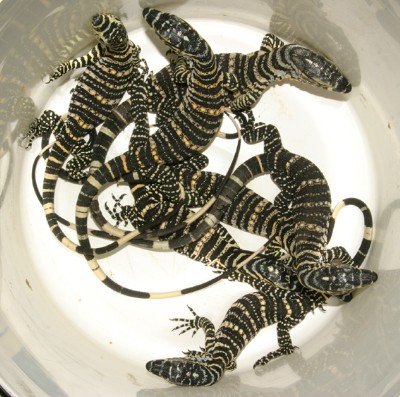
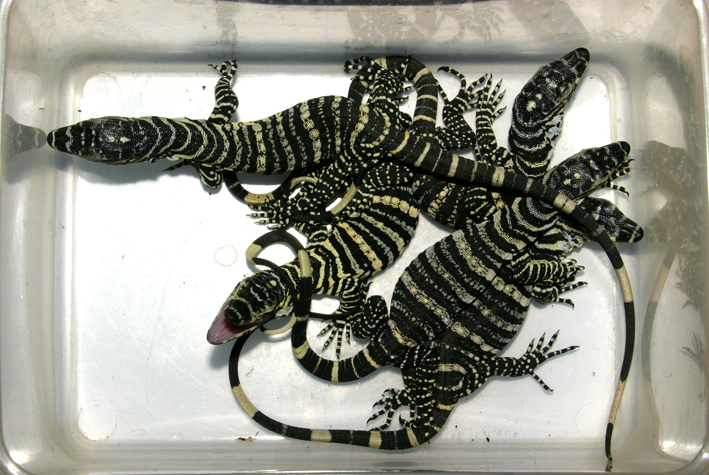
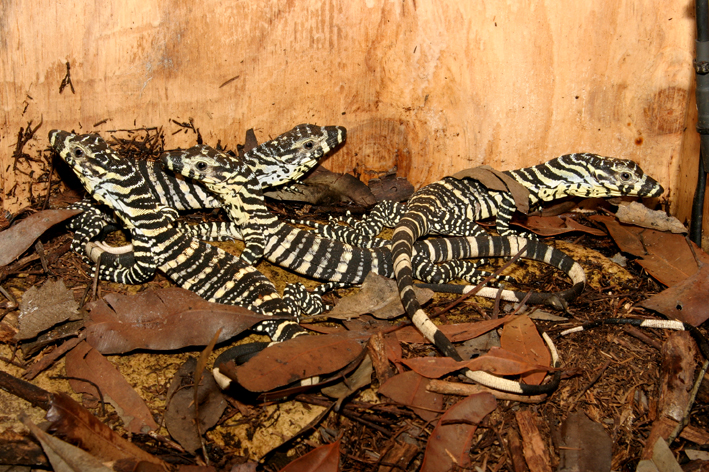
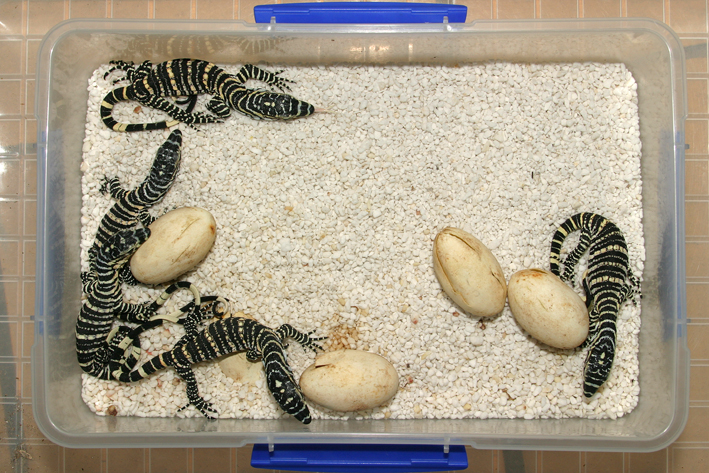
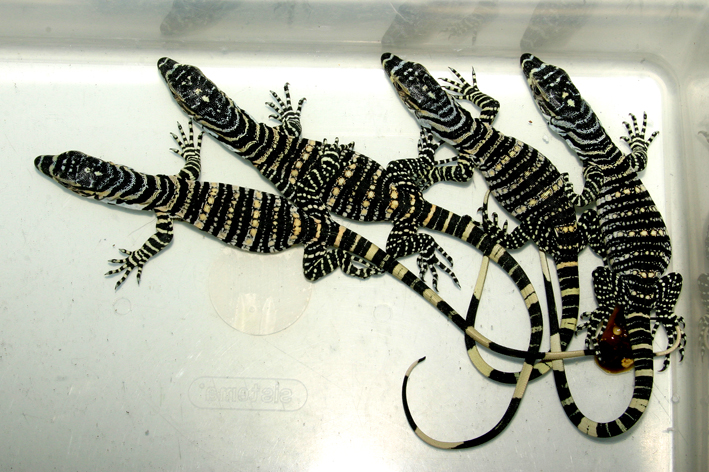
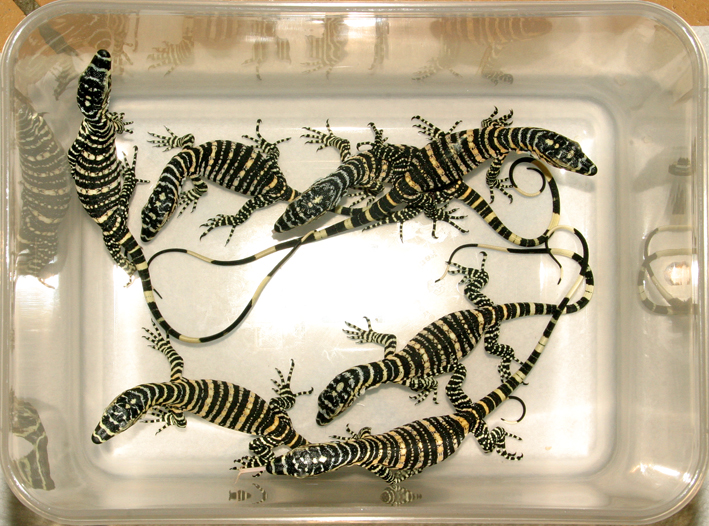

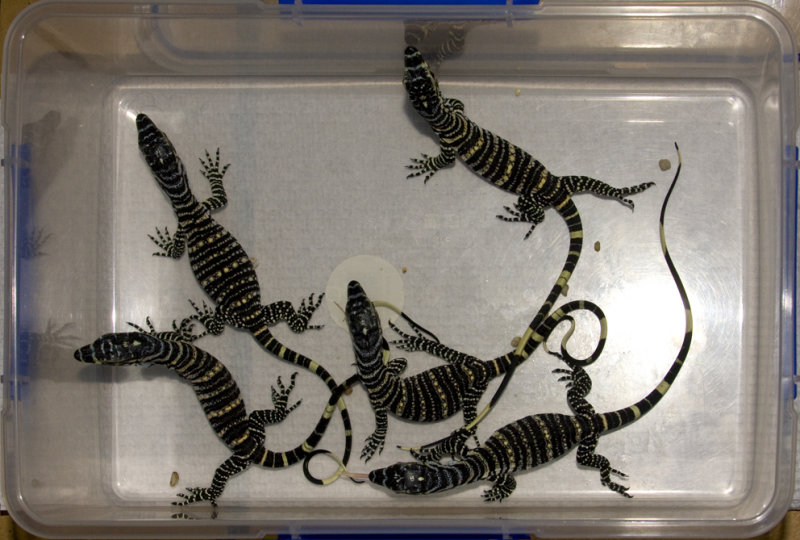
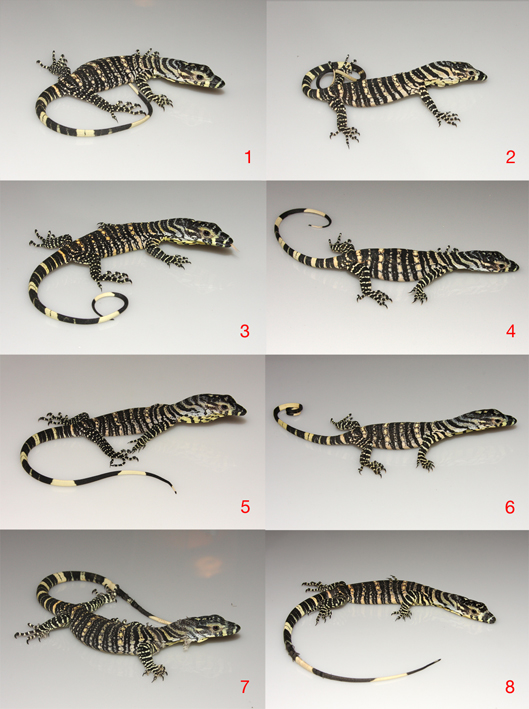
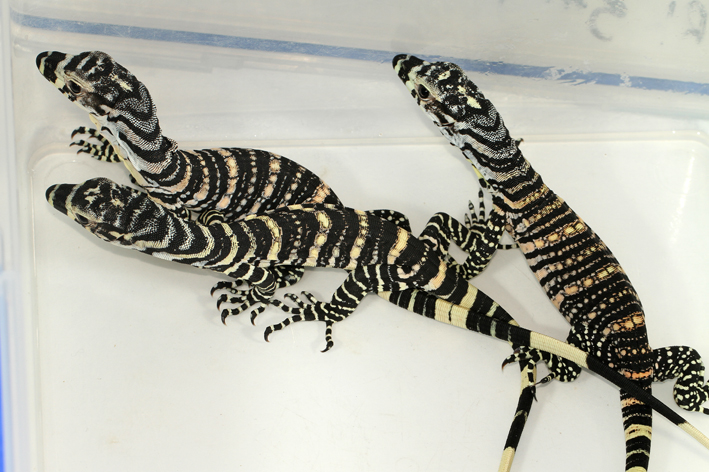
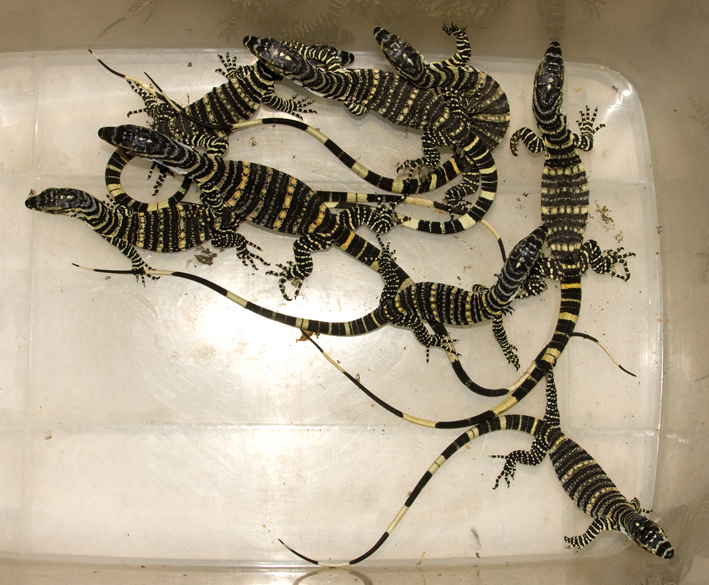
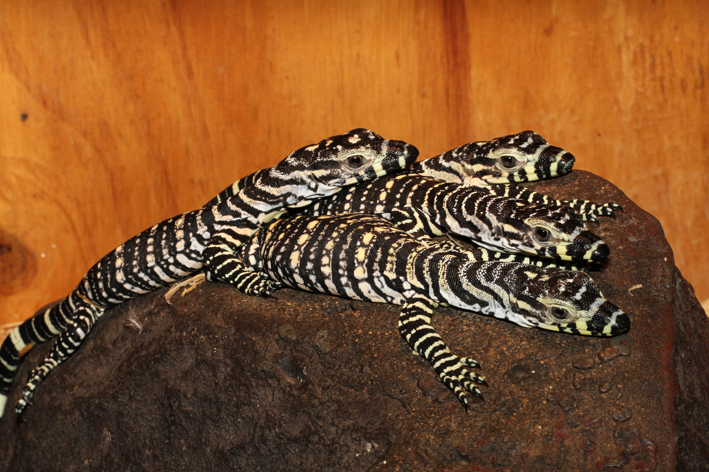
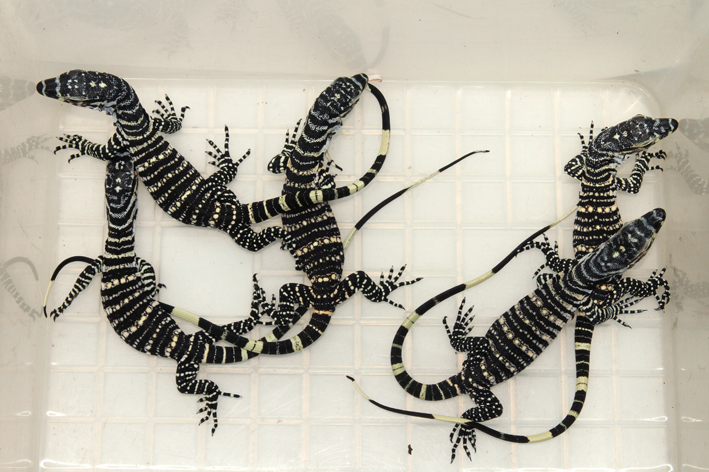
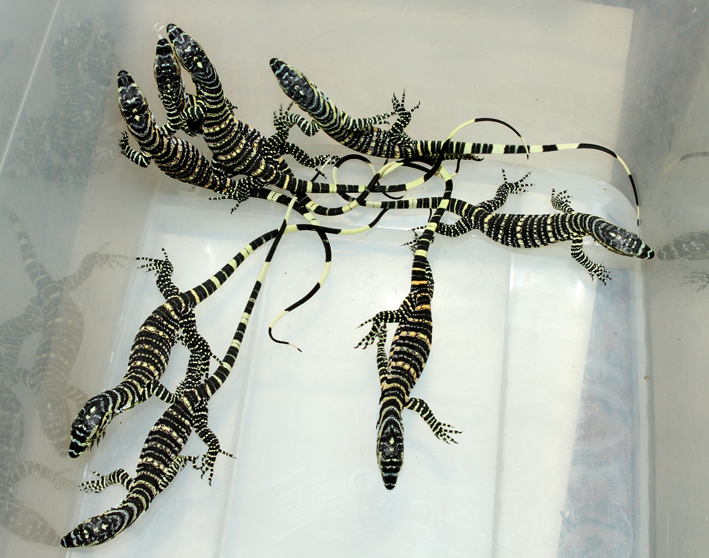
[ Reply To This Message ] [ Subscribe to this Thread ] [ Show Entire Thread ]
|



